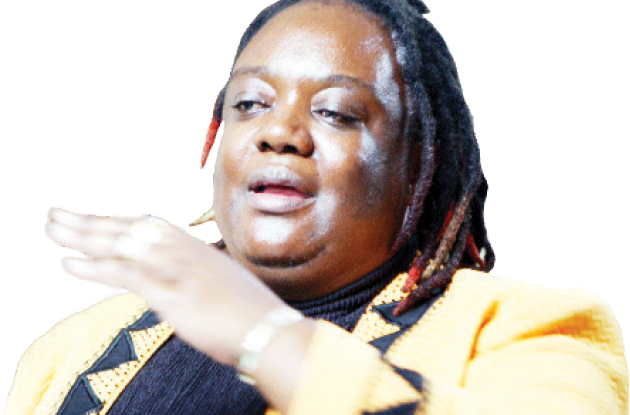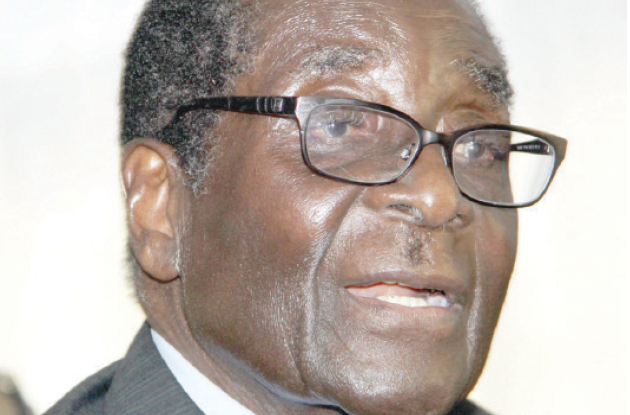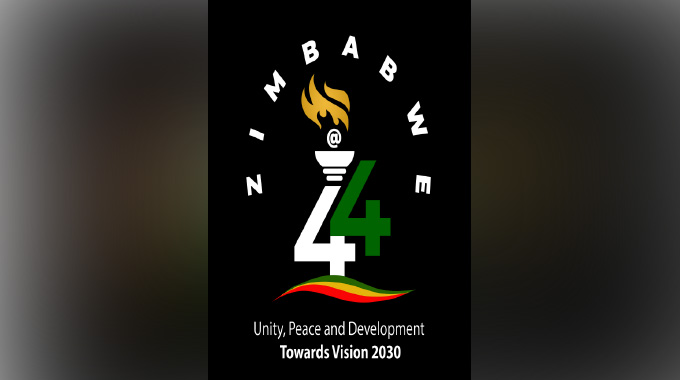EDITORIAL COMMENT: What next after SA statue triumphalism?


The defaced statue of British colonialist Cecil Rhodes is tied by straps to a crane, before its removal at the University of Cape Town. South Africa’s oldest university voted to remove the monument from its campus after a month of student protests against a perceived symbol of historical white oppression. — AFP
Some South Africans have lately been defacing and demanding the dismantlement of symbols of colonialism and apartheid. The campaign started on March 9 when a student at the University of Cape Town vandalised a statue of colonialist Cecil John Rhodes on campus, calling on authorities to pull it down. Soon after, other activists desecrated Boer leader, Paul Kruger’s in Pretoria. At around the same time, a 112-year-old statue of Queen Victoria was vandalised too.
In addition, protesters spray-painted a sculpture of King George VI at the University of KwaZulu-Natal and tore down a bronze British soldier from his horse on a Boer war memorial in Port Elizabeth. Economic Freedom Fighters members joined in by painting Louis Botha’s effigy in Cape Town.
Rhodes is a much reviled architect of colonialism in southern Africa, a master pillager who built an enormous fortune and political influence through military conquest, threats of it and sometimes chicanery. King George VI and Queen Victoria also symbolise British colonialism of southern Africa.
Kruger was a political and military leader who served as president of South Africa from 1883 to 1900. He remains a divisive figure who is adored as a hero by some and hated by others for being a guardian of a bad cause.
On April 9, University of Cape Town authorities gave in to pressure and removed Rhodes’ statue.
Symbols are very important in human expression. They can come in the form of the printed word, pictures, plaques, physical infrastructure like roads and airports. They can also be in form of statues of historical figures. They preserve memory and are a constant reminder of important past events or heroes, but they are not the real thing.
The attacks on colonial and apartheid symbols in South Africa demonstrated, once again the fight that that country still has to wage to really rid itself of the undying legacy of its 300-year history of colonialism and apartheid.
The students at the University of Cape Town and other activists operated under the “Rhodes Must Fall” banner and later “Rhodes Has Fallen, What is next?” They declared a war, proclaimed a victory of sorts, but pose a fundamental question for the future.
Indeed, Rhodes’ statue was dismantled but left only five black South African-born professors at the University of Cape Town from about 50 whites, a Eurocentric curriculum and a pro-white environment.
Speaking more broadly, there are many examples of continued white privilege in South Africa. Nothing asserts this challenge more than Orania, a 24 year-old whites-only enclave in Northern Cape Province. Its 1,000 strong population on an 8,000 hectare private farm has its own currency, the Ora. They actually aspire to be, one day, an independent state of the Afrikaner people in a country that marks Freedom Day on April 27 yearly since 1994! This aspiration is not too ambitious, we must say as Orania is protected under article 235 of South Africa’s Constitution which ensures the right to self-determination. Here, statues of apartheid ‘heroes’ are displayed at a spot overlooking the town. Activists who pompously declared “Rhodes Has Fallen” did not have the guts to challenge Orania, one of the most stubborn expressions of white domination of South Africa.
After coming to power in 1994, the ANC set the goal of redistributing 30 percent of farmland to black farmers by the end of 2014. It estimated that this would entail transferring 24,5 million hectares of land out of the staggering 82 million ha being held by about 35,000 white farmers. However, only 4,2m ha, or more than 4,800 farms, have since been transferred to blacks.
Furthermore, many high-end housing estates in South Africa remain off-limits to blacks unless they are housemaids or garden hands for the white masters.
The economy is still dominated by whites. Because whites control the economy, it is a fact that they, to some extent, are in charge of the politics of that country as well.
Inequalities based on race persist, with whites, of course, on top of the pile, blacks at the bottom.
The World Bank says South Africa is one of the most unequal societies in the world. Official government figures corroborate this. Statistics South Africa notes that 29 percent of black South Africans are unemployed, others unemployable because of lack of education, compared with 5,9 percent of whites. South African whites have an average income nearly seven times that of blacks.
Blacks make up over 90 percent of the country’s poor at the same time they are 79.5 percent of the population. The spatial segregation of blacks to rural areas and ghettoes of Soweto and Khayelitsha is correlated with higher levels of poverty.
The big question is, after the triumphalism in relation to statues, what is next? Will the dispossessed black South Africans and their government escalate the agenda to addressing the fundamental questions that continue to define their country in terms of race?










Comments